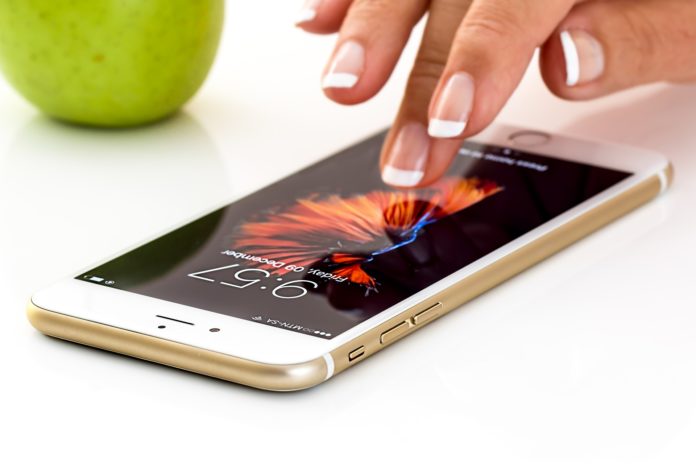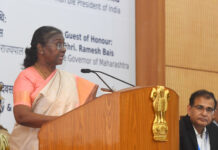
There are scientific papers on selfitis and even a scale to measure it
Scientists may have classified the obsessive clicking of selfies as a disorder – selfitis – and even developed a scale to measure it but so far as the government of India is concerned, selfitis does not exist. That is what the ministry of health told Parliament last week in reply to a question.
Minister of state for health and family welfare Anupriya Patel told Lok Sabha on Friday: “As per the International Classification of Diseases of World Health Organisation, Selfitis has not been recognised as a disorder. The number of people reporting excessive use of selfie and those who have approached therapists to seek help for the same in the country is not maintained centrally.” She was replying to a question asked by MPs Om Prakash Yadav and Harish Dwivedi on the incidence of the disorder and the steps taken by the government to tackle the problem. Over the last few years many people have lost their lives while taking selfies in bizarre positions.
“This study arguably validates the concept of “selfitis” and provides benchmark data for other researchers to investigate the concept more thoroughly”
A news story that appeared some years ago that said that the American Psychiatric Association had classified selfitis as a mental disorder, famously turned out to be a hoax but subsequently Researchers at Nottingham Trent University in the United Kingdom and Thiagarajar School of Management in India examined the problem and even developed a scale to measure it.
“Using focus group interviews to generate scale components followed by statistical testing (using the dimension reduction technique), six components of selfitis were identified: environmental enhancement, social competition, attention seeking, mood modification, self-confidence, and social conformity,” the researchers reported in the International Journal of Mental Health and Addiction.
While analysing the environmental triggers that make people take their own photos, the researchers concluded: “This study arguably validates the concept of “selfitis” and provides benchmark data for other researchers to investigate the concept more thoroughly and in different contexts. The concept of selfie-taking might evolve over time as technology advances, but the six identified factors that appear to underlie selfitis in the present study are potentially useful in understanding such human-computer interaction across mobile electronic devices.”













